I was watching a film about Vivaldi recently when I noticed one of the musicians performing his concerti was named Clio. Not Cleo, short for Cleopatra, meaning ‘glory’, but Clio (originally Kleio in Greek, as the Greeks had no letter for ‘C’), a goddess in Greek mythology associated by Roman times with the art of history. I began to let my imagination have free reign about Kleio and her sisters, to muse about them.
Clio was one of the nine muses, the Mousai, who all came to be associated with various forms of the arts and sciences by the first century BC. But things had not always been so neatly structured. The muses, whose numbers tended to increase as new arts were formulated by the innovative Greeks, were the goddesses artists prayed to, as a group, for inspiration. In fact they were inspiration.
Readers of Homer will know he begins his poems with an invocation to the muses or the muse. Although by the first century BC this had become Calliope, the muse of epic poetry, in Homer’s time, the seventh century BC, all the muses were a poet’s inspiration. It was meant literally. The gods spoke through the poet, and their inspiration was the breath with which he sang. The muses are singing, not Homer.
The muses were the daughters of Zeus and Mnemosyne, one of the Titans, a daughter of mother Earth. The offspring of god and memory. What one remembered, it was being claimed, was wisdom, which could guide people throughout their lives to make right decisions. The poet was originally also priest, one with a unique relationship to god.
Both Hesiod, author of the Theogony written in the seventh century BC, and Plutarch, in the first century AD, the historian who wrote Parallel Lives, were natives of Boeotia, the home of the muses, who were said to live on Mount Helicon. Hesiod gives the earliest information about the muses. Plutarch was an antiquarian and a priest of Apollo at Delphi, and wrote a series of essays known as the Moralia. He had access to ancient traditions there, and says that in the earliest times there were only three muses.
This immediately takes us back to pre Greek worship of the Great Goddess in her triune form, god of life, death and resurrection. The Great Goddess presented the original Three Faces of Eve (not the 1957 book and film about personality disorder, but mysterious aspects of the divine for early man, at a time when it was thought of as female).
•
It’s a problem to interpret ancient myth, largely because the myths have been codified and elaborated, and gods and goddesses provided with (sometimes divergent) genealogies, by scholars of the first century BC for whom the myths were not part of a living religion. In addition, the stories of the gods formed subject matter for poets who again were non believers in the ancient cults. It’s a bit like Christians attempting to practice their religion knowing only the genealogies of Jesus provided by the synoptic gospels.
If we look at the function of these religions, what the believers appeared to gain from participating in the ancient rites, it makes a lot more sense than a long series of stories about various gods seducing nymphs. We can appreciate how the Goddess had many names but only a few essential functions. And how male gods came to displace female gods.
By the first century BC a tradition was current that placed the muses in the worship of Osiris and Isis, then one of the widest spread of ancient religions. The muses were said to have helped Isis gather the parts of Osiris’ body cut asunder by his brother Set and helped her bury them. In the process Isis conceived Horus, the saviour god. This belief has its origins in an older Greek myth where the muses helped find the pieces of the body of Orpheos, torn apart by the Maenads, the frenzied followers of Dionysios.
Although later accounts of this story mix together groups of female worshippers belonging to different cults, the story seems to describe a prevalent form of pre Greek and Greek mystery religion, one in which the god’s consort, the male Osiris, or Orpheus, or female Demeter, loses their life (or in Demeter’s case her daughter). The initiate, by identifying with the god, and experiencing her grief, then carried out a saviour rite, referred to by the collecting of the parts of the dead god’s body in the myth, and, together with that god, experienced resurrection and the entrance to eternal life. This was a very ancient rite from the Middle East, associated with the earliest history we know about, that of Sumer in 4000 BC. It is also an essential part of Christianity.
That rite was performed at Sumer for Inanna and her consort Dumuzi, at Cyprus for Aphrodite and her consort Adonis, at Eleusis for Demeter and her daughter Persephone and in northern Greece for Orpheos and his consort Eurydike. Disregarding the particular function of each god in a pantheon (god of the thunder, god of love, god of fertility etc, all attributions which changed and evolved over time), we have to go back to a time when god was simply all powerful, a power which could help or destroy mankind.
God was at first associated with a people or a city, the source of its strength and prosperity. Then came the resurrection cults as it was realised how important the growth of new life was to communities. All over the Middle East there arose cults to the dying god who went into the earth and rose again to bring new life to his worshippers, all through the agency of the Great Goddess, the source of the world itself and of all life.
The Goddess was often worshipped in three aspects. The Moirai, or the Fates, Clotho, Lachesis and Atropos, who determined the events and the span of each person’s life (and who descended in repute to become the three witches of Macbeth and the Ugly Sisters and Cinderella). Hekate, the Great Goddess from Caria and northern Greece, was worshipped together with Selene and Artemis, all three aspects of her powers. There were the three graces. And the original three muses.
•
The story of how the Great Goddess became confined in her powers to the function of inspiration can be traced through traditions that link the muses with Apollo, and with his oracle at Delphi. Delphi, like all oracles, was originally a sacred place where the Goddess spoke to her worshippers, providing guidance and comfort in times of need. Often the ‘prophecy’ or words of wisdom were delivered by a sacred animal. At Delphi it was a snake. Snakes were in many ancient cultures considered both immortal and wise, and the gods often spoke through them. Interpreted, of course, by a priest. At Delphi there was originally a sacred snake, the Python. With the coming of the Greeks, the Python was ‘conquered’ by Apollo, and Apollo took on the function of ‘prophecy; or advice to the worshipper in need. Apollo in later myth was said to be the leader of the muses.
With the invasion of Greek speaking peoples into what we now call Greece, the Great Goddess had to make room for other gods. From all powerful, all giving (remembered in the name Pandora), she became advisor and guide to her worshippers at oracles throughout Greece. Then she became, in the guise of the muses, associated with a particular kind of guidance, that of artistic inspiration.
The Greeks conceived of the arts quite differently than we do. To write, in metre, meant to sing or chant and play a musical instrument such as a lyre as well. Oddly enough in view of my first notice of Clio mentioned above, a lyre if played with a bow was not unlike a violin, but producing music on a different scale to the one we are familiar with. The skills involved were considered magical. To chant a poem (no matter what the subject, all were at first expressed in verse) and to play music and dance, was to allow the gods to speak through you. It was similar to the Old Testament’s prophetic writings. The poets were at first honoured, and feared sometimes, because they spoke the word of god. The times change, but somehow the past is always with us.
When faiths loose their potency over people they seem not to be discarded. Rather they enter the secular culture as folk tales, superstitions, secular myths. The muses as the source of a poet’s inspiration has become familiar from the many poets and writers of the Romantic Movement that invoked them. Note that in Homer it is the muse who sings his poem, while in later usage she is the poet’s inspiration, but the poet does the actual composing.
For anyone liking the name Clio, here are the names of the nine muses to inspire a choice for the baby’s name: Calliope, Clio, Euterpe, Erato, Melpomene, Polyhymnia, Terpsichore, Thalia and Urania.
More information about the muses is here: http://www.theoi.com/Ouranios/Mousai.html
©2014 Original material copyright Phillip Kay. Images and other material courtesy Creative Commons. Please inform post author of any violation.

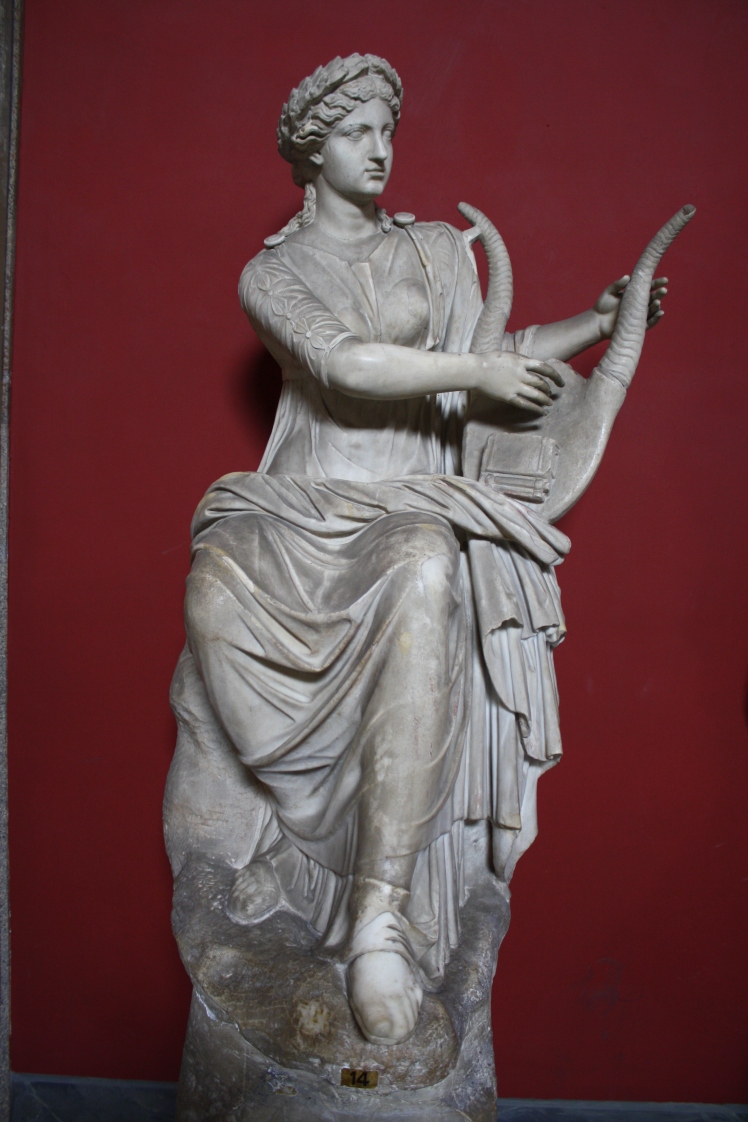
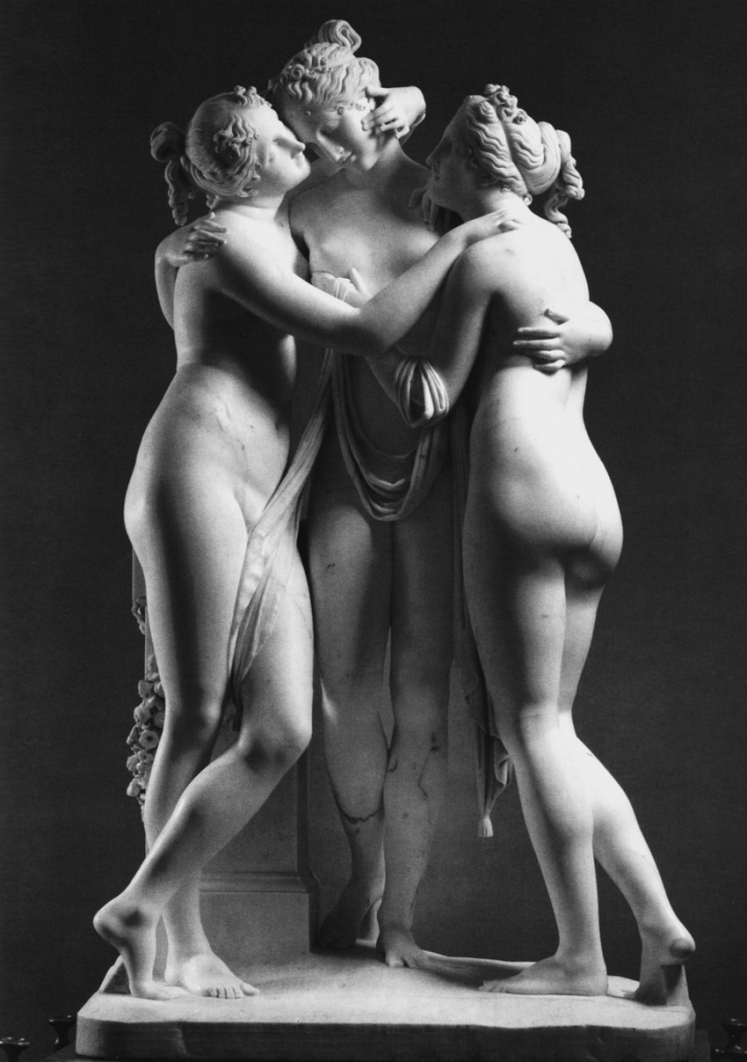

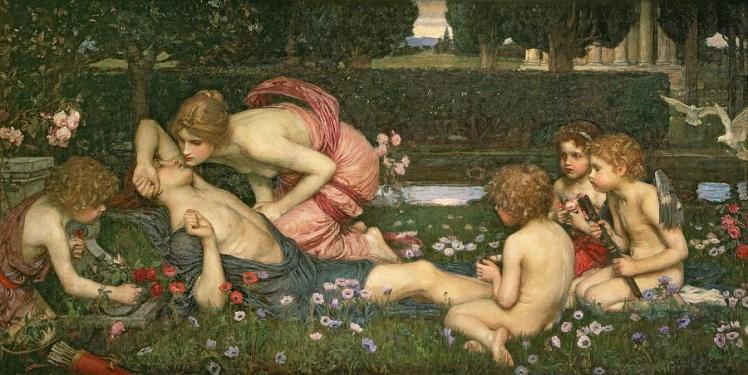

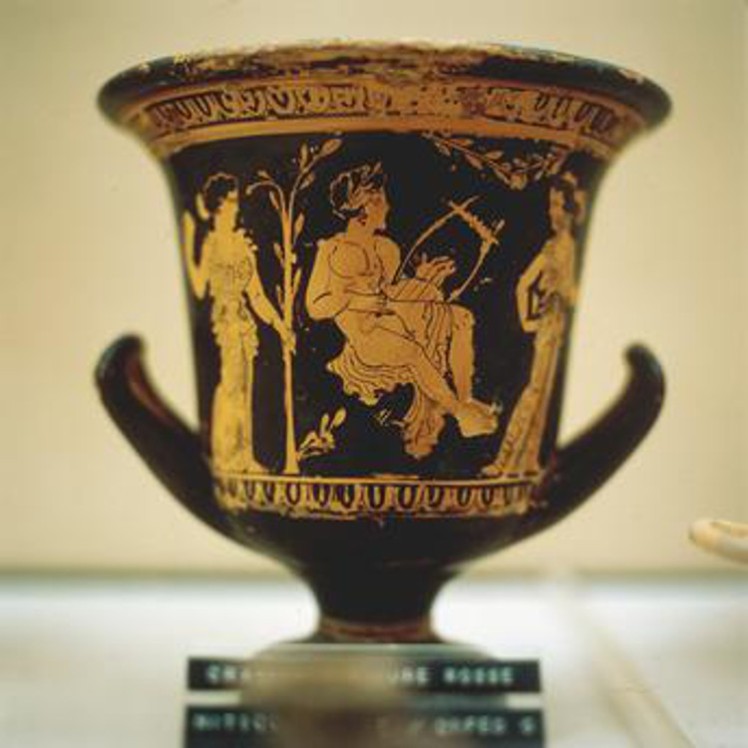
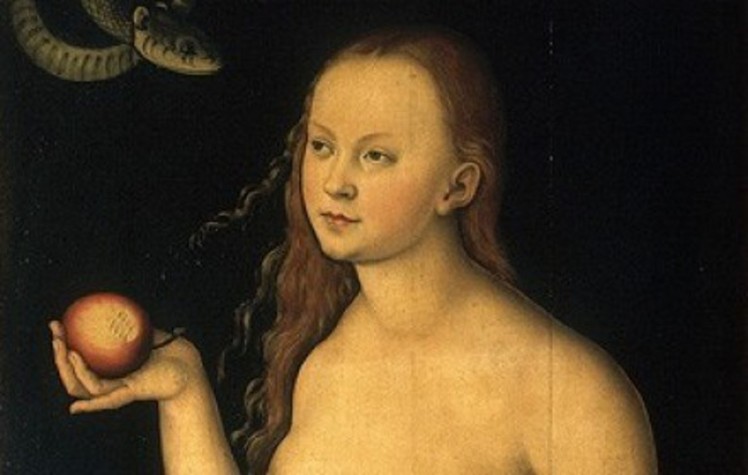
Can’t lose there, Thalia was one of the graces and one of the muses, and a lot of other things as well. I hope she inspired you.
Thanks for a perspective on the muses I never had and certainly could not have otherwise obtained.
I knew a girl named Thalia once upon a time….